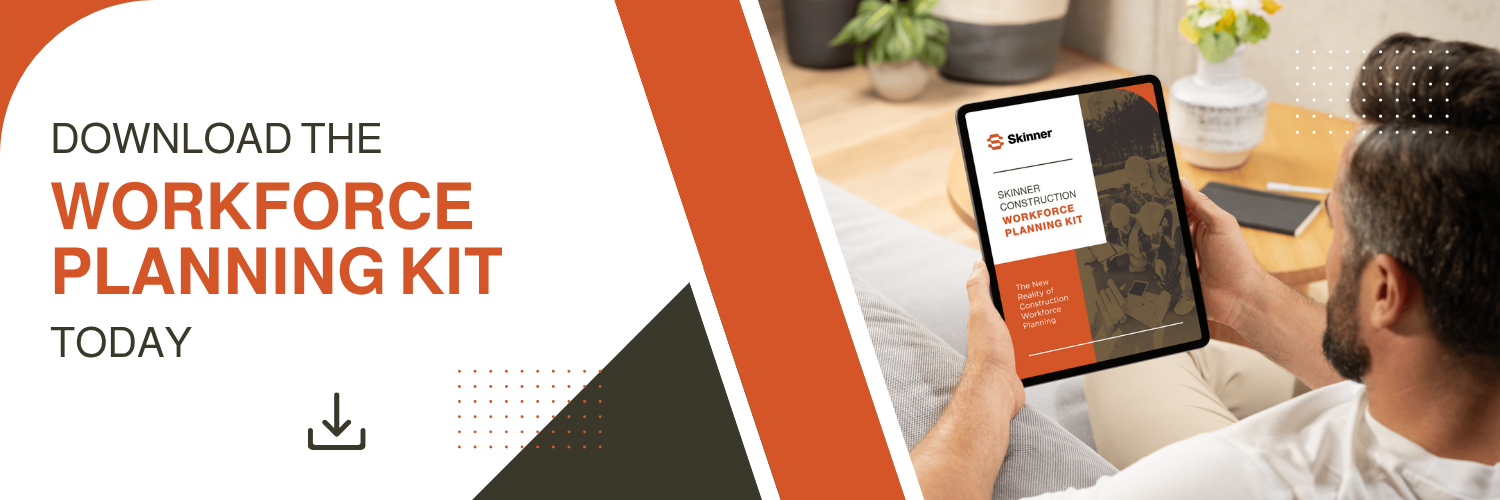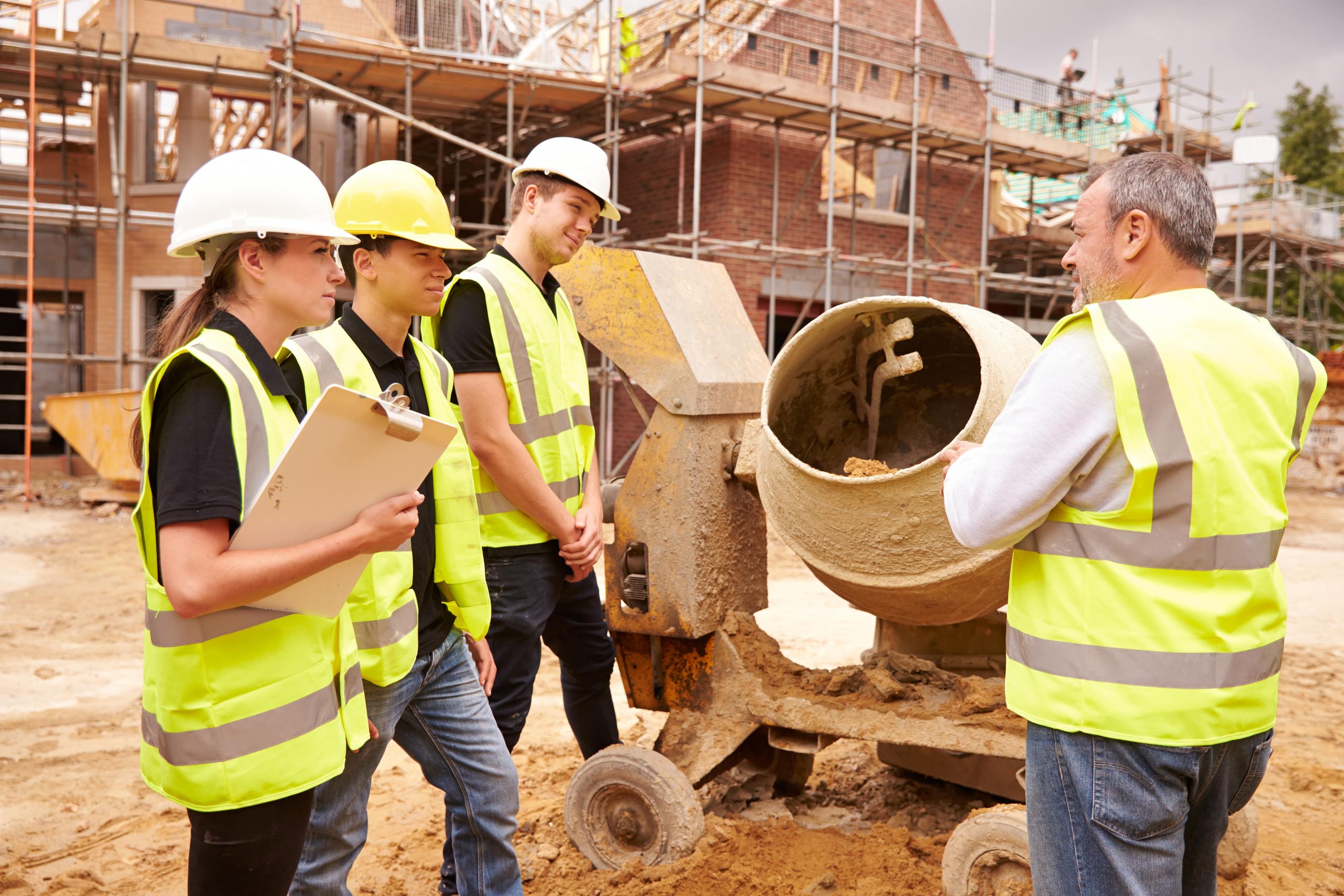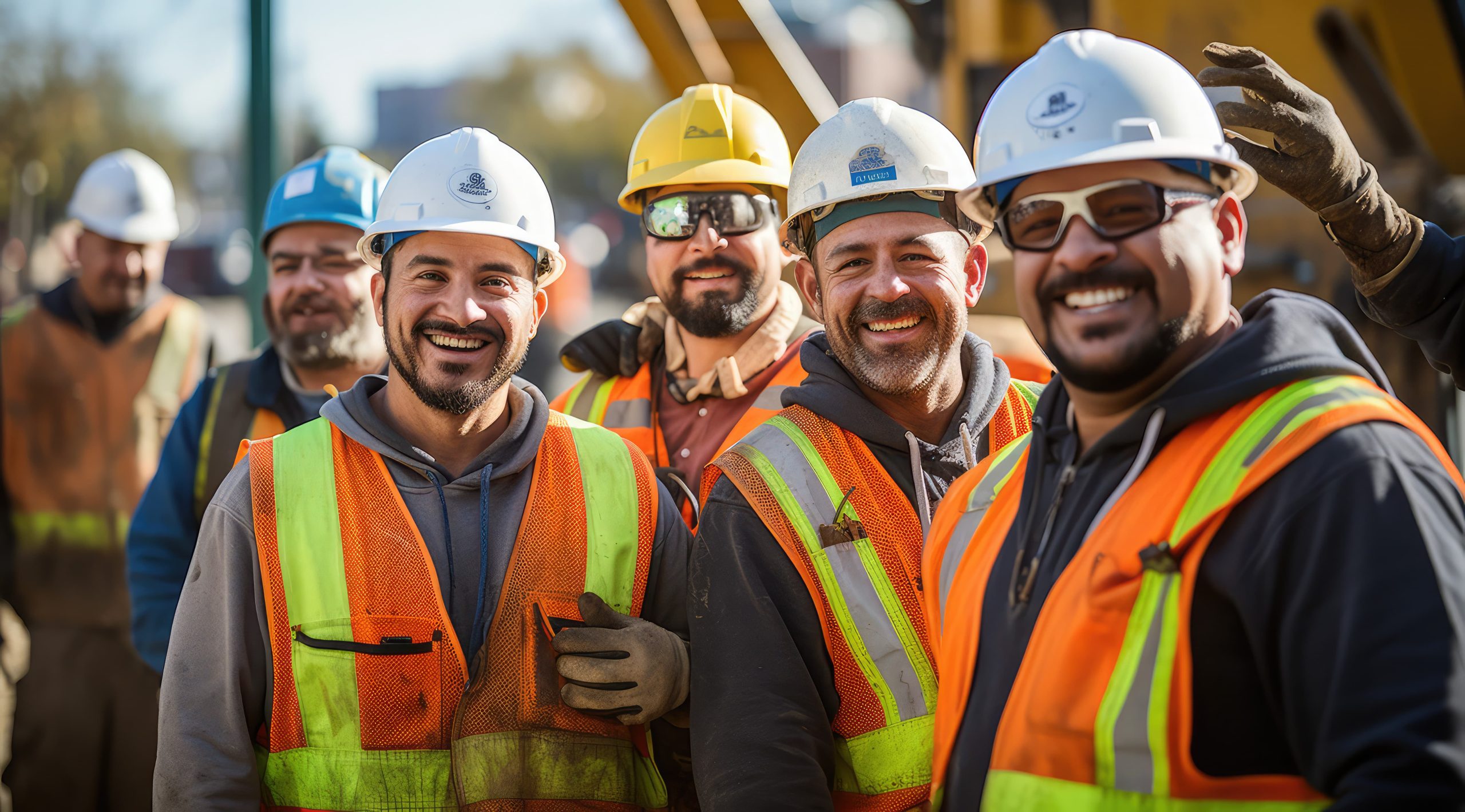For an industry that prides itself on building stability, the foundations of the construction sector feel a bit wobbly right now. Traditional processes are giving way to new technologies, a change made even more acute by generational turnover.
But these two major shifts—technological and generational—are more connected than you may think. In fact, by embracing the benefits of technology, automation, and even AI, construction companies can help to attract a new generation of workers and keep up with growing demand for construction projects over the next decade.
The Construction Talent Crisis
It’s no secret the construction industry is facing a talent crisis, one that is only going to get worse over time:
- An estimated 439,000 new workers needed by 2026 if the construction workforce is going to keep up with demand
- 94% of construction firms have difficulty finding and hiring workers
- An aging workforce, where 41% of current construction workers are expected to retire by 2031
These challenges are only intensified by demand-side factors. A growing population, reshoring efforts, green energy initiatives, public and private investments, and a myriad of other pressures are providing strong demand for construction projects. The trick is meeting those demands with a thinning workforce.
Failure to fix this problem will result in:
- Project delays and cancellations
- Rising costs due to wage increases, which can make some projects more prohibitive
- Quality and safety risks as overworked crews and less experienced replacements cause more errors, lower build quality, and higher rates of jobsite accidents
- Risk of burnout among the existing workforce that can prompt premature exits, further exacerbating the job shortage problem
- Stifled company growth, as organizations pass on project opportunities due to staff limitations
- Lost institutional knowledge as retiring veterans have fewer workers to mentor to pass key information and experience onto the next generation
Generational Turnover: What’s Causing It?
We all know the age of the average construction worker trends high, with 45% of the workforce above the age of 45. Over the next few decades, more of these workers will near retirement age, and it’s not obvious that there will be a strong cohort of young workers to replace them.
As with many complex problems, generational turnover has no one central cause. A number of factors, however, can make this career path less appealing to new entrants:
- Although the exact number varies, there are fewer new entrants into the workforce than retirees; a reality widely recognized across the industry
- Construction’s demanding, physical nature appeals to a smaller pool of workers
- High workforce fluidity, as millions of workers move into and out of the sector each year
- New construction roles are often temporary or tied to project cycles, creating job insecurity and making the career less appealing to new entrants
Of course, the situation isn’t all bad. There are signs that a significant portion of Gen Z is skipping the traditional college path and pursuing the skilled trades. Whether this trend will hold strong or reverse course depends on the market, but we do know training these workers won't happen overnight. And the coming labor demand needs to be met fast.
How Can We Attract a New Generation of Construction Talent?
For now, what can construction companies and their staffing partners do to build pipelines of new talent? Many of our clients aren't waiting around until a new generation finally decides to give this industry the attention and respect it deserves. They’re proactively going out and building relationships and networks, and even adapting the nature of construction work to appeal to this new generation.
Expand Apprenticeships and Training
Given high demand and low labor supply, the industry can’t afford to wait for top talent to come to them. Construction companies should aggressively partner with trade schools, technical colleges, and high schools to support apprenticeships and hands-on training. These programs can also serve to upskill current talent, helping firms to build greater consistency in their pipeline.
Proactive Succession Planning
Companies shouldn’t only implement succession planning for their executive or leadership roles, but for everyone with valuable knowledge that could potentially be lost upon an employee’s departure. One tactic is to establish mentorship programs for workers nearing retirement to formally pass on their trade expertise to younger colleagues. This can help to ensure skill continuity and broader stability across the sector.
Employer Branding
Although construction companies don’t have flashy employer brands like Netflix or Airbnb, they have something better: a reputation for dependability, hard work, and an environment where things get done. That’s still an employer brand, and arguably one that’s more valuable for attracting talent. As you build your brand, focus on tangibles: job security, good pay for skilled labor, advancement potential, and tangible project outcomes.
Modernize Technology and Workflows
As companies struggle to fill critical roles and meet project deadlines, AI, robotics, drones, and various other technical capabilities have become commonplace on jobsites. Because these tools require a combination of manual and knowledge work, they necessarily attract a new type of worker: one that’s tech- and AI-native.
Strategic Partnerships & Relationships
Often, the challenge with finding high-quality construction workers is just that: you have to actually go out and find them. This is where strategic staffing partners prove invaluable. Rather than take the time to build talent pipelines, screen and interview candidates, and handle the back-office paperwork, a staffing partner can handle all those steps for you.
From Hard Hats to High Tech: Hiring for a High-Tech Construction Sector
Although there are many strategies for fixing the construction sector’s high turnover rates, the adoption of AI and technology in the field can certainly move the needle. There are several reasons why Millennial, Gen Z, and up-and-coming Gen Alpha workers would be attracted to construction companies on the cutting edge of tech adoption:
- Tighter alignment with the skills and interests of a digitally native generation (e.g. project management software, 3D modeling, mobile apps, and building information modeling)
- Automation of repetitive or strenuous tasks that not only improves safety, but frees up more workers to take on creative problem-solving and leadership roles. This has created entirely new career paths within the sector, such as digital twin modelers and VR specialists, that attract a different profile of candidate than traditional construction work.
- The industry reputation of the construction sector is rapidly shifting from an outdated or unsafe environment to one that’s forward-looking, and innovative
Building up the next generation of construction workers will not be an overnight success. But starting now will put your company in a stronger position for the future. To get started, download our Workforce Planning kit today.


















